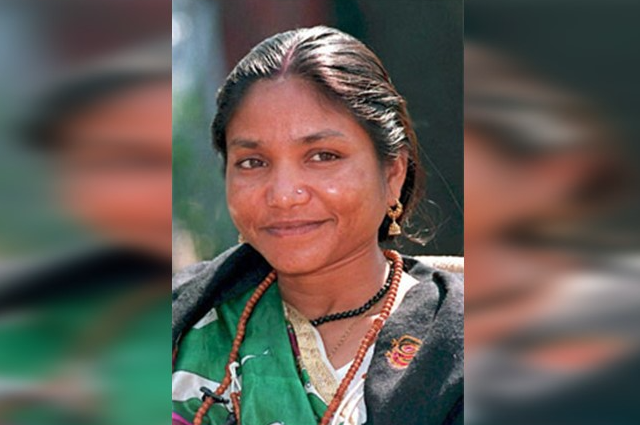In the realm of criminology and criminal psychology, the exploration of gender disparities in criminal behavior is a topic that sheds light on how societal norms and expectations influence individuals' actions. When it comes to women involved in crime, India presents a complex landscape that challenges traditional gender stereotypes and expectations.
Historically, women in India have been perceived as less likely to engage in criminal activities compared to men. However, a closer examination reveals a more nuanced reality. While women do constitute a smaller percentage of overall crime perpetrators, their involvement in certain types of offenses is notable.
One significant aspect to consider is the role of socio-economic factors in women's engagement in criminal behavior. In India, instances of women being involved in crimes related to poverty, such as theft or fraud, highlight the impact of socio-economic struggles on criminal choices. For example, cases of women resorting to petty theft to support their families in impoverished regions underscore the desperate circumstances that can push individuals towards criminality.
Furthermore, cultural and societal expectations play a pivotal role in shaping women's criminal behavior in India. The stigma attached to divorced or unmarried women, for instance, can lead to instances of crimes like dowry-related harassment or even infanticide in extreme cases. These acts, often stemming from societal pressures and gender-based discrimination, showcase the intersection between cultural norms and criminal actions among women.
High-Profile Women Criminals in India
India, a country known for its rich cultural heritage and diverse population, also has its share of high-profile women criminals whose stories have captured public attention. These female offenders, breaking societal norms and challenging stereotypes, have left a mark on the landscape of Indian crime. Let's delve into the intriguing narratives of some of these notorious women.
One prominent figure in India's criminal history is Indira Jaising. Infamous as the "Bandit Queen," Jaising's story is one of defiance and resistance. Born into a poor family in rural India, she rose to notoriety as a bandit in the northern regions of the country during the 1980s. Her criminal exploits, including acts of violence and extortion, earned her a fearsome reputation that lingered for years. Jaising's daring escapades and eventual surrender to authorities highlighted the complexities of poverty, gender, and power dynamics in India's criminal underworld.
Another fascinating figure is Santokben Jadeja, dubbed the "Godmother of Gujarat." Rising from humble beginnings, Jadeja carved a criminal empire in the state of Gujarat, engaging in illicit activities ranging from bootlegging to smuggling. Known for her iron-fisted rule and strategic alliances, she amassed wealth and power while defying societal expectations of women's roles. Jadeja's arrest and subsequent trial unveiled the intricate web of corruption and crime that she was entangled in, shining a spotlight on the dark underbelly of India's underworld.
Moving on to the realm of white-collar crime, we encounter the enigmatic figure of Neeru Chadha. A finance professional turned fraudster, Chadha orchestrated a Ponzi scheme that defrauded investors of millions of rupees. Operating under the guise of a legitimate investment firm, she lured unsuspecting individuals with promises of high returns, only to vanish with their hard-earned money. Chadha's elaborate scheme and eventual arrest underscored the sophisticated nature of financial crimes in India and the devastating impact they can have on victims.
Shifting gears to the political arena, we come across the controversial figure of Shobha Nehru. A prominent political figure with powerful connections, Nehru's involvement in corruption scandals and criminal conspiracies tarnished her reputation and brought disgrace to her family name. Accused of embezzlement and bribery, Nehru's downfall served as a cautionary tale of the pitfalls of unchecked power and influence in Indian politics.
The narratives of high-profile women criminals in India offer a glimpse into the intricate tapestry of crime, power, and gender dynamics in the country. These women, defying societal norms and challenging conventional roles, have carved out a place for themselves in the annals of Indian crime. Their stories, fraught with intrigue and drama, stand as a testament to the multifaceted nature of criminal behavior and the ever-evolving landscape of crime in India.
It is crucial to note the complexities surrounding women in crime in India, as they challenge conventional understandings of criminal behavior and highlight the need for a more nuanced approach to addressing gender disparities. By delving deeper into the underlying factors driving women to commit crimes, we can work towards implementing more effective interventions and support mechanisms to prevent and address such behavior.

